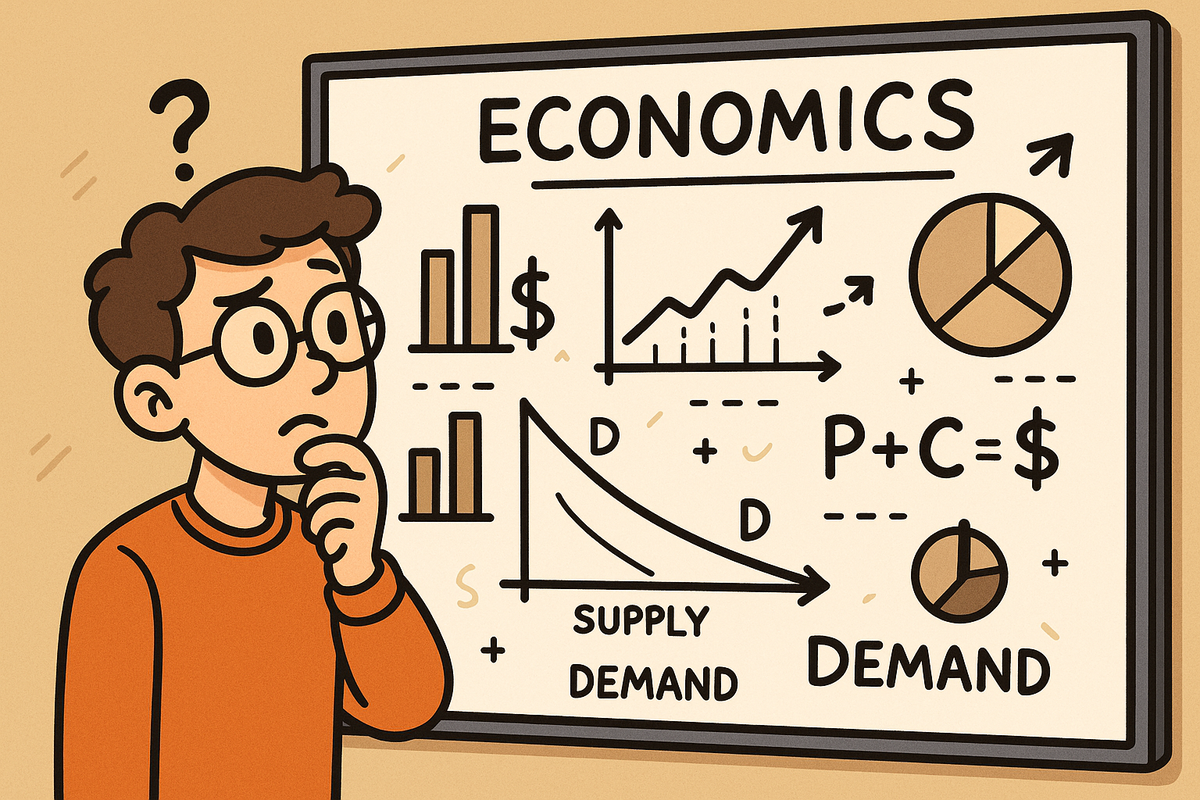Understanding Stagflation: An Economic Conundrum
Stagflation—rising inflation, high unemployment, and stagnant growth—may be returning. Learn how it affects consumers, why it's hard to fix, and why Canada and the U.S. could face it again soon.
Stagflation—rising inflation, high unemployment, and stagnant growth—may be returning. Learn how it affects consumers, why it's hard to fix, and why Canada and the U.S. could face it again soon.

Stagflation is an economic condition defined by the rare and harmful combination of high inflation, high unemployment, and stagnant or declining economic growth. Unlike typical recessions or inflationary periods, stagflation is a paradox: prices rise while jobs and economic activity decline. This combination puts enormous pressure on households, businesses, and policymakers alike—and there are growing concerns that Canada, the U.S., and other advanced economies may soon be entering such a phase.
What Causes Stagflation?
Stagflation is often triggered by supply-side shocks—unexpected events that restrict the supply of goods or services and drive up costs. A classic example is a sudden spike in global oil prices. When oil becomes more expensive, it increases transportation and production costs across virtually all sectors. Businesses pass those costs onto consumers, resulting in inflation. But as costs rise, firms often cut back on hiring or production, leading to job losses and a slowdown in economic activity.
The result is a painful cycle where inflation remains high, growth remains weak, and unemployment begins to rise—all at once.
The Consumer Impact: Life in a Stagflationary Economy
For consumers, stagflation is especially harsh. Inflation erodes purchasing power just as incomes stagnate or disappear. Basic expenses such as groceries, utility bills, gasoline, and rent become increasingly difficult to manage. In response, families begin making difficult choices.
Rather than canceling medical procedures—which are often unavoidable—households might:
These cutbacks ripple through the economy. When consumer demand falls, businesses earn less revenue and may respond with more layoffs—feeding the cycle of stagnation and hardship.
Central Bankers' Dilemma
In most economic slowdowns, central banks can cut interest rates to stimulate borrowing, investment, and hiring. During inflationary periods, they raise rates to cool demand and slow price growth. But in stagflation, these tools work against each other.
This is the central banker’s trap. Choosing one path can worsen the other problem. Striking the right balance requires exceptionally careful timing, clear communication, and—often—unpopular decisions.
Why Stagflation Could Be Returning
As of 2025, there are warning signs that stagflation may be re-emerging. Canada and the United States have both experienced persistent inflation following years of pandemic-era stimulus, global supply chain disruptions, and ongoing geopolitical tensions, particularly in energy markets. At the same time, economic growth is slowing, and job market softness is beginning to appear in certain sectors like manufacturing and tech.
If global commodity prices surge again—whether due to geopolitical conflict, climate events, or trade restrictions—another supply shock could drive inflation even higher while suppressing growth. In that environment, interest rates—already elevated from previous inflation-fighting efforts—could make borrowing prohibitively expensive, stalling business investment and home ownership.
Conclusion
Stagflation is not just a historical anomaly—it may be a present and future risk. For consumers, it means rising prices with fewer job opportunities. For central banks, it poses a no-win scenario where the usual economic tools offer limited relief. The experiences of the 1970s in both the United States and Canada show how difficult it is to escape a stagflationary trap. As economic uncertainty continues into 2025, understanding the signs—and the trade-offs involved—has never been more important.
Miika Makela, CFA
https://www.linkedin.com/in/miika-makela-cfa-24aa056/
Tags: #WBN Finance #Stagflation #Economic Outlook #Inflation #Interest Rates #Central Bank Policy